Personal Finance
This Man Dropped Out of 8th Grade, and Became a Las Vegas Mogul
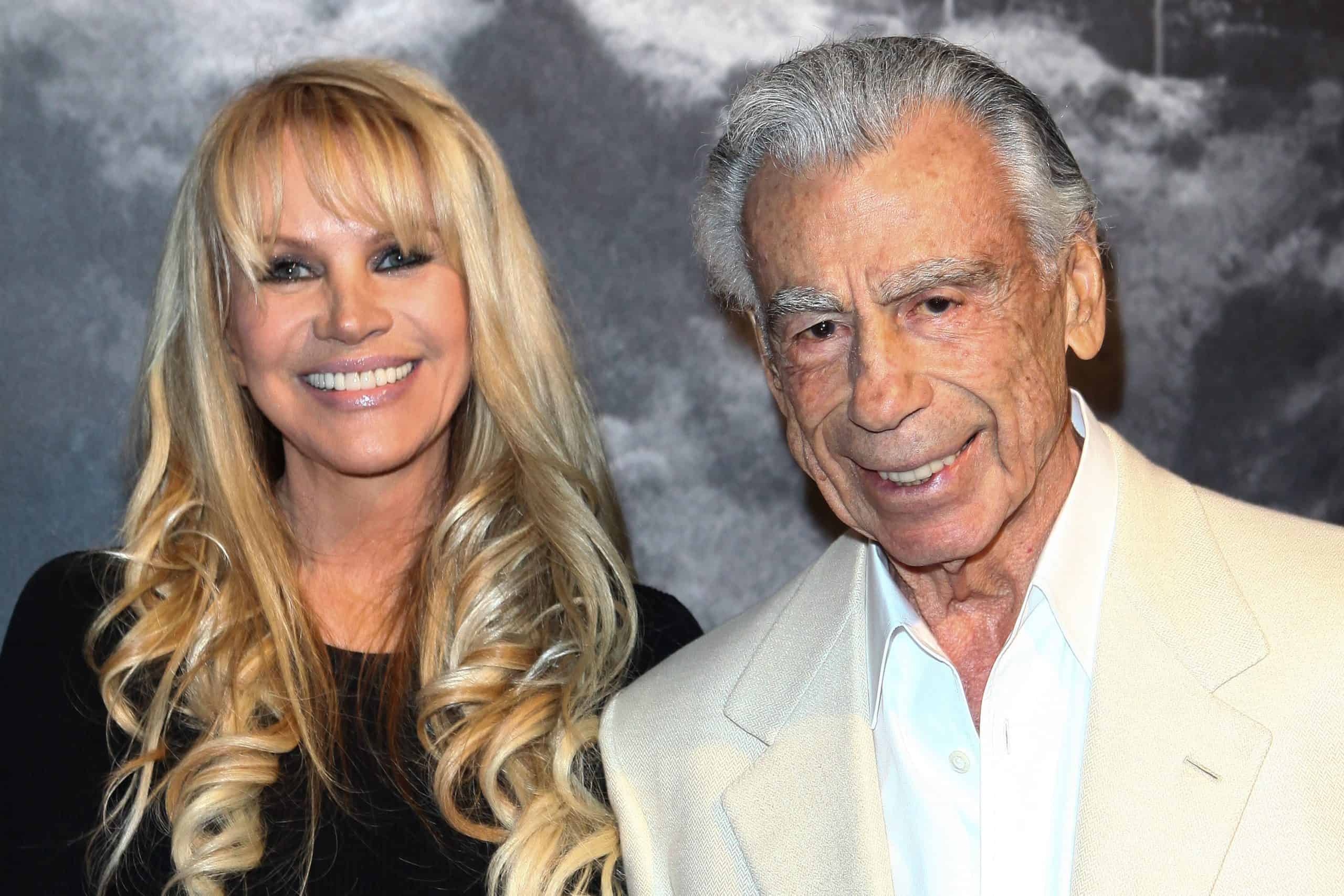
Published:

Kerkor “Kirk” Kerkorian was born to Armenian immigrants in Fresno, California in 1917. During World War I, his father became known as the “raisin baron of San Joaquin,” producing raisins for the soldiers over one thousand acres over 10 ranches. He lost everything in the recession of 1920.
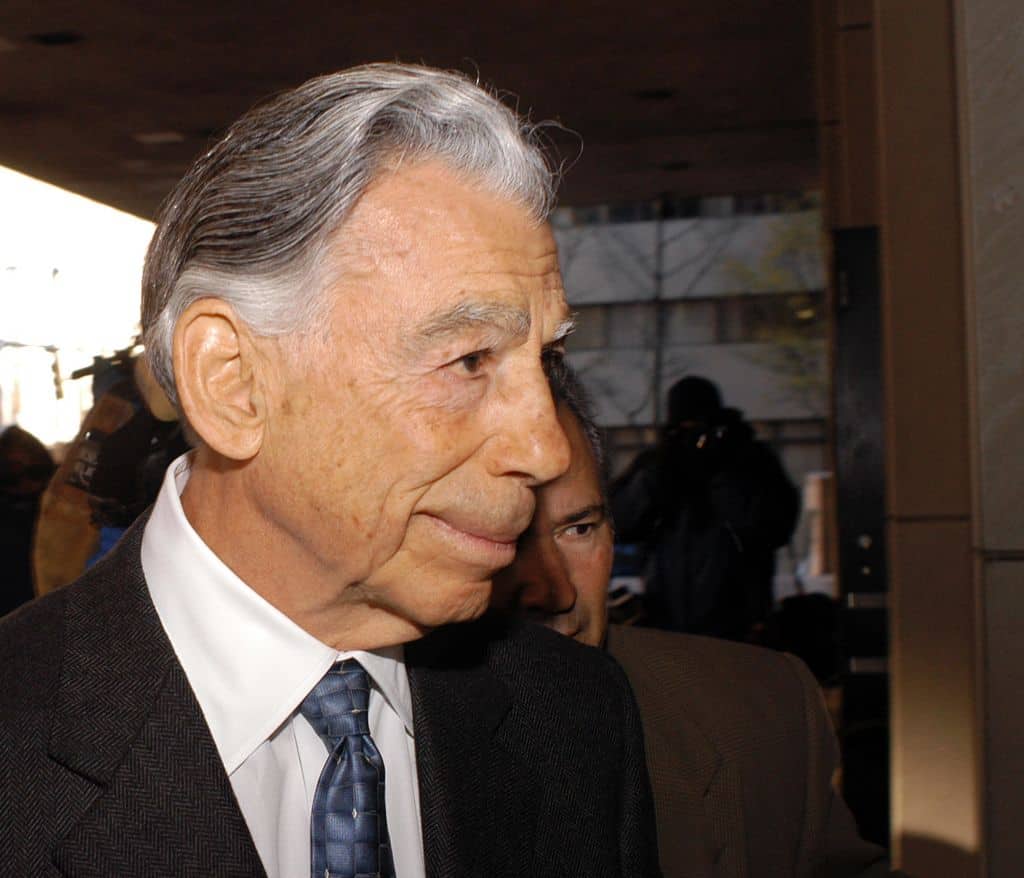
The family then moved to Los Angeles at the beginning of the Great Depression. They were often evicted and had to move several times during Kirk’s early childhood. By age nine, he was a “newsie,” selling newspapers and pitching bottlecaps and pennies to contribute to his family’s income.
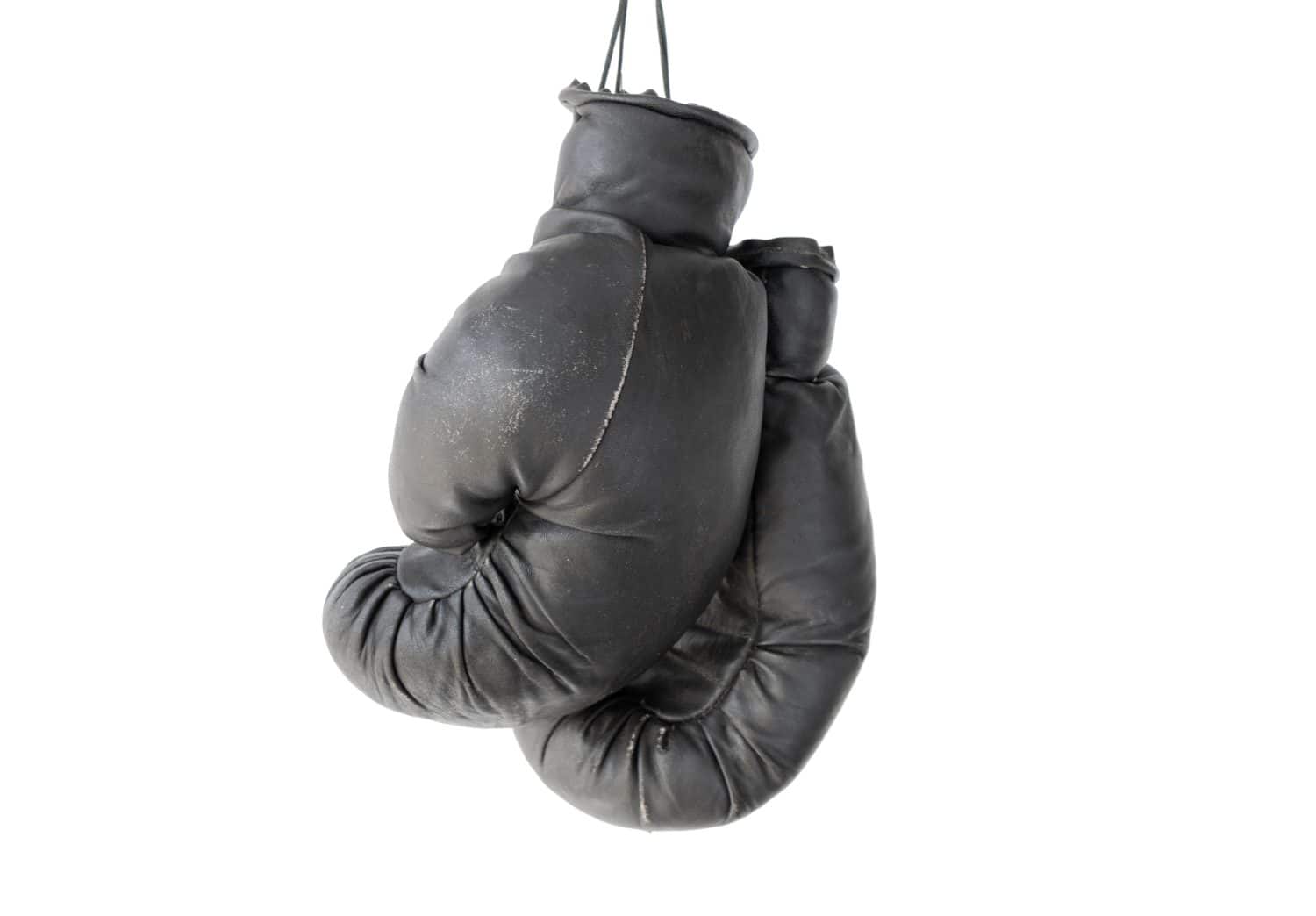
He was often kicked out of school for fighting and eventually, he dropped out after 8th grade because he was bored. He worked building roads and trails, moving boulders on the MGM studio lot, flipping cars, and professional boxing. His boxing moniker was “Rifle Right Kekorian.” Out of his 37-bout career, he won 33 of them and was never knocked out.
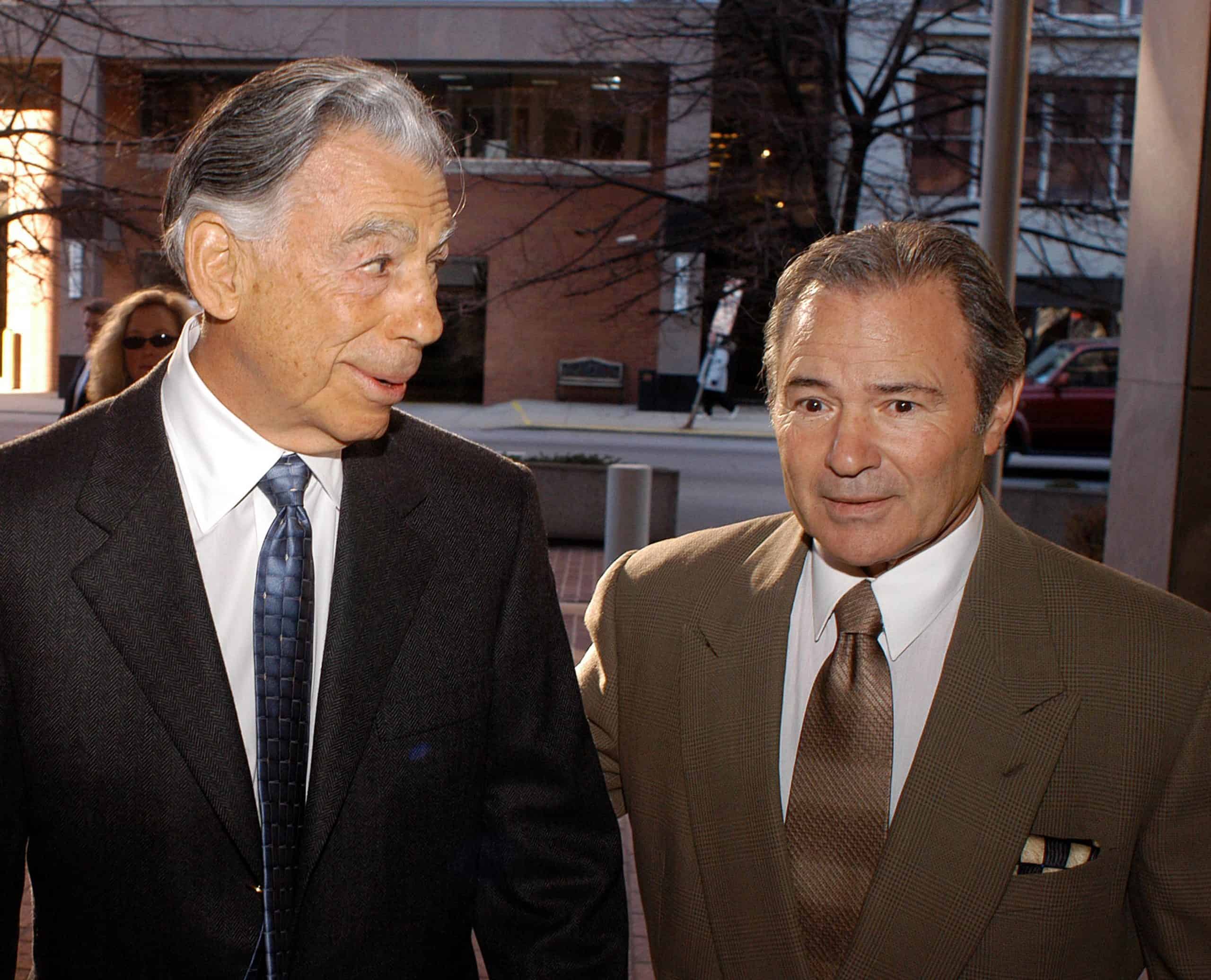
While working installing gas water heaters in 1939, he would take rides with a veteran Navy pilot during their lunch breaks. These lunchtime rides shifted his focus from being a professional boxer to being a pilot.
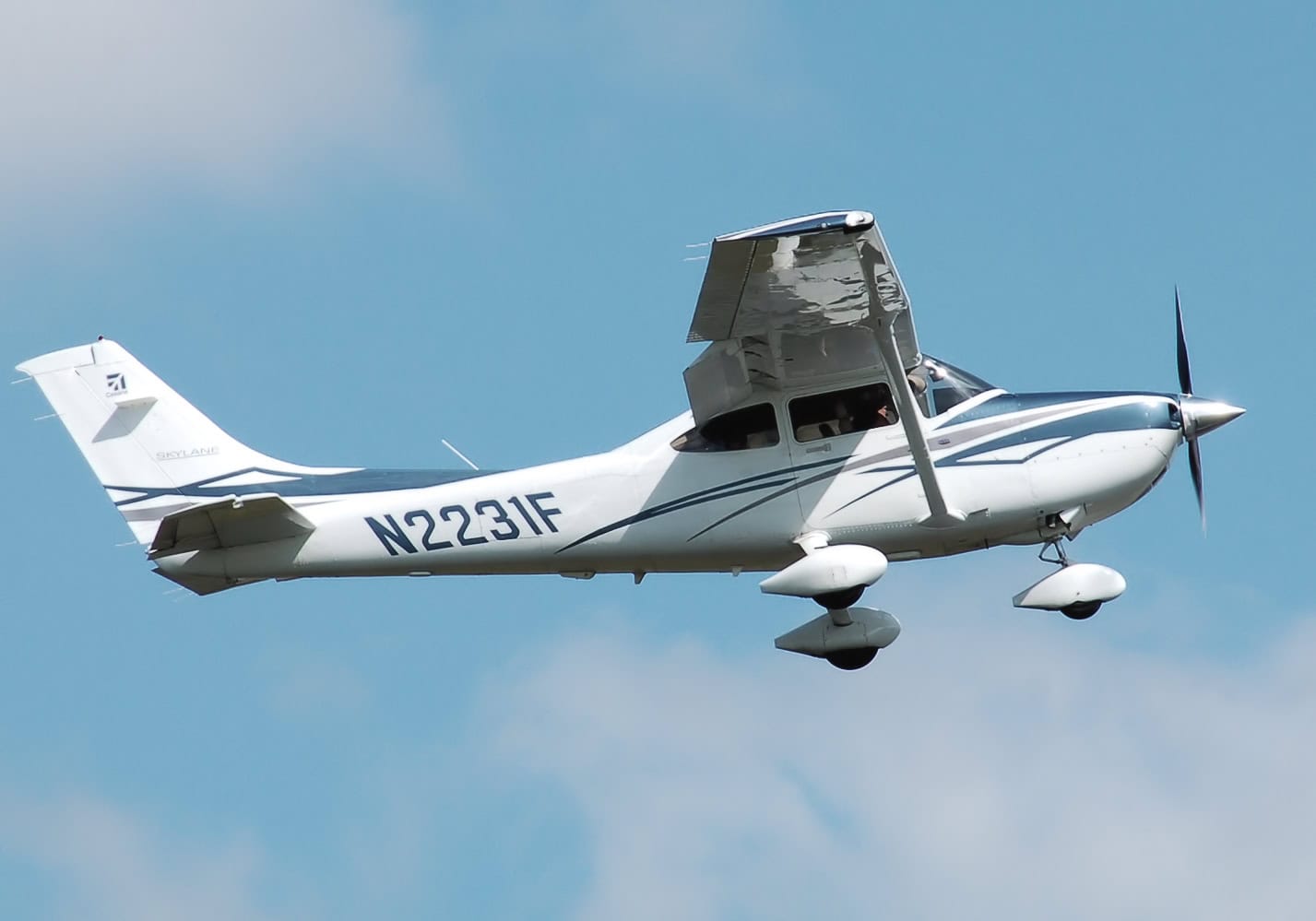
He got a discount on flight lessons by declining to rent a parachute. In 1940, he was working at the Happy Bottom Ranch and Riding Club in the Mojave Desert doing work around the ranch in exchange for more flying lessons. After six months, he earned his commercial pilot’s license and married his first wife, Hilda “Peggy” Schmidt in 1942. He worked as a pilot trainer for California defense contractors until World War II broke out.
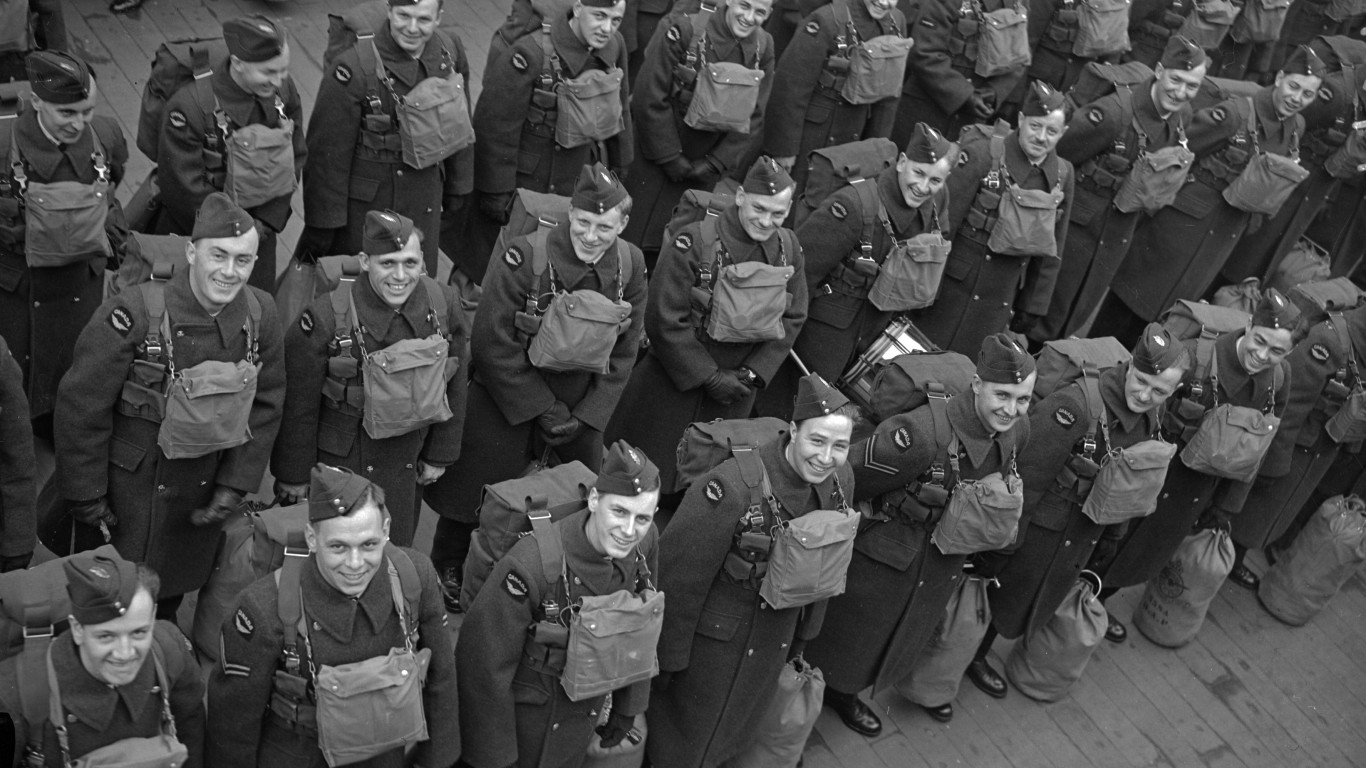
He joined the Royal Air Force of Canada as a Civilian. He was employed to ferry warplanes across the Atlantic Ocean for $1,000 ($19,296 2024 USD). The trips were considered the most dangerous flights pilots could attempt. A lot of the aircraft being moved were untested and often unreliable. During the winter, only one out of four planes made their destination. Kerkorian loved the risk and successfully made 33 flights.
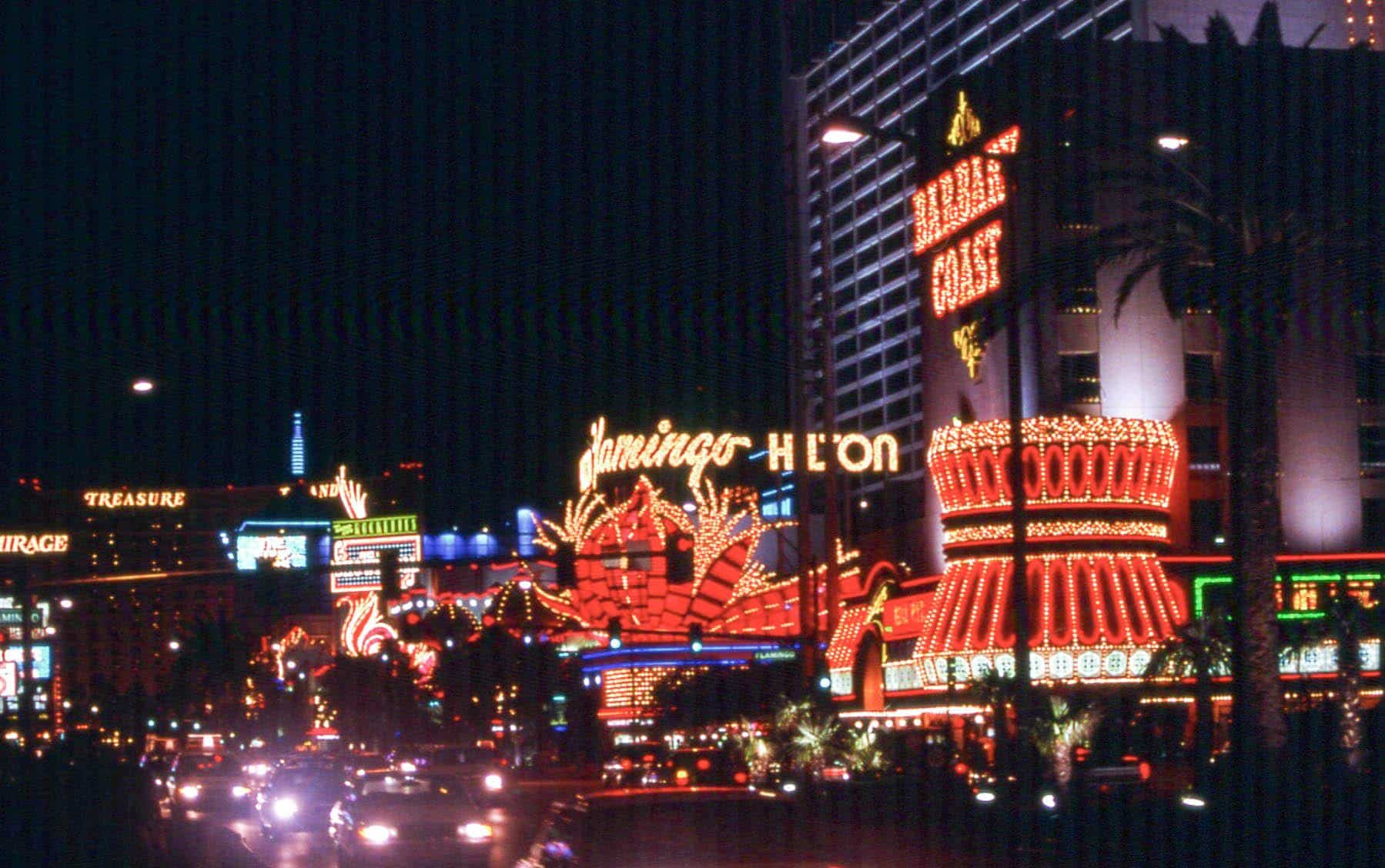
In 1945, he opened a flight training school in California and purchased an Army Air Force Cessna to charter gamblers to Las Vegas, which was in its fledgling years. He is quoted saying that he was “overwhelmed by the excitement of the town.”

He spent a lot of time at the casinos in Vegas. He was known as “the Perry Como of the Craps Table.” In 1950, he made his first $100,000 ($1.3 million 2024 USD). His marriage ended in 1951, and he married his second wife, Jean Hardy, a dancer, in 1954.

By 1960, he was making over $300,000 ($3.2 million 2024 USD) from his charter business that he renamed Trans-International Airlines. He purchased 80 acres of land in Las Vegas and leased the land to Jay Sarno, who built Cesar’s Palace, in 1964. In 1965, Kirk sold Trans-International Airlines to Transamerica for $150 million ($1.4 billion 2024 USD). He was uncomfortable with the mob’s involvement in Cesar’s Palace and sold the land in 1965. He wanted to build a 1,500-room casino hotel in Vegas, which he accomplished by opening the International in 1969.
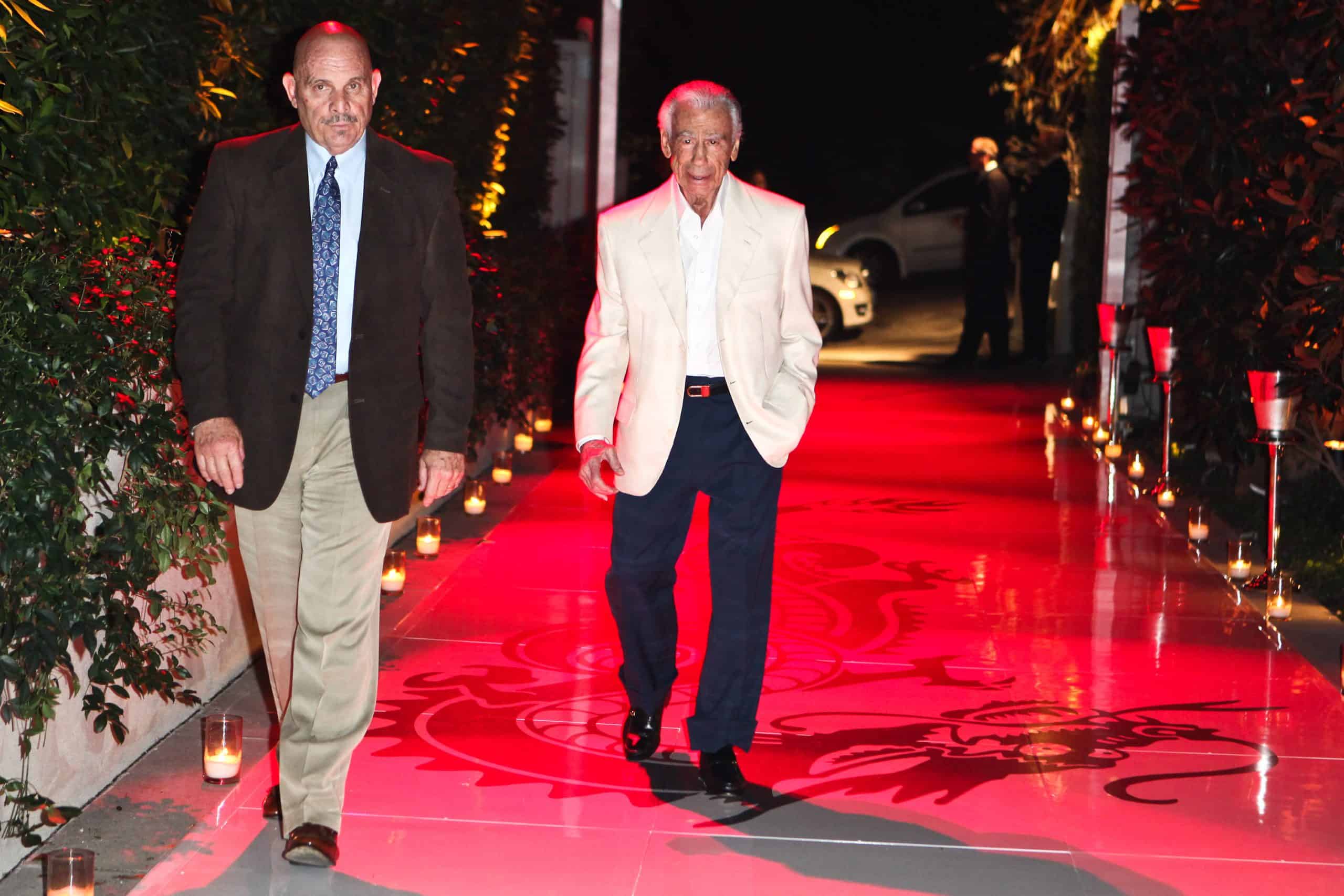
In the same year, he bought 40% of The MGM Studio. In order to generate money, MGM borrowed $75 Million to build the MGM Grand Casino. It was the largest casino ever built.
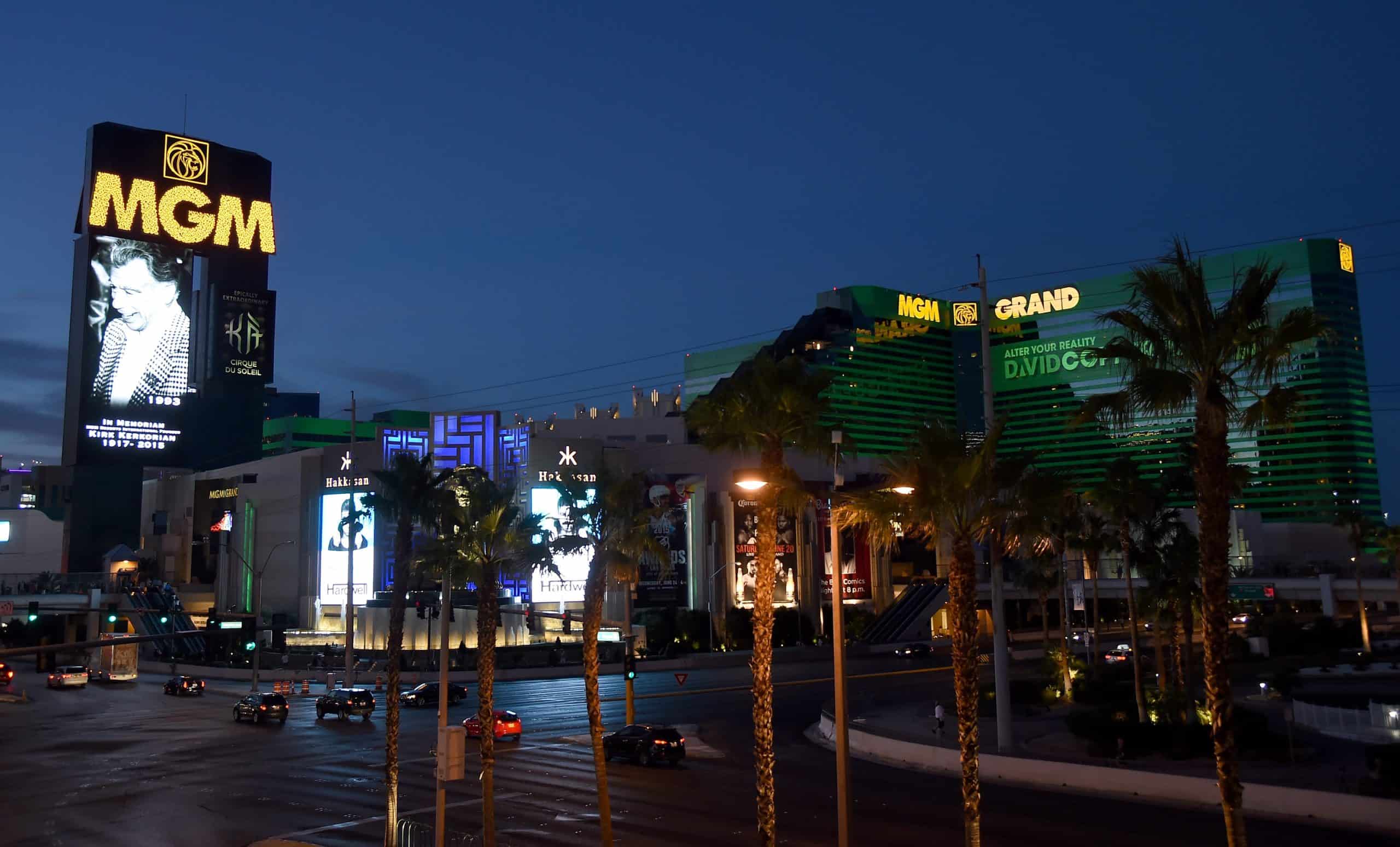
In 1980, the MGM Grand caught fire and killed 85 people. He settled all the lawsuits quickly and generously using personal funds. By 1987, he rebuilt and then sold the MGM Grand for $550 million.
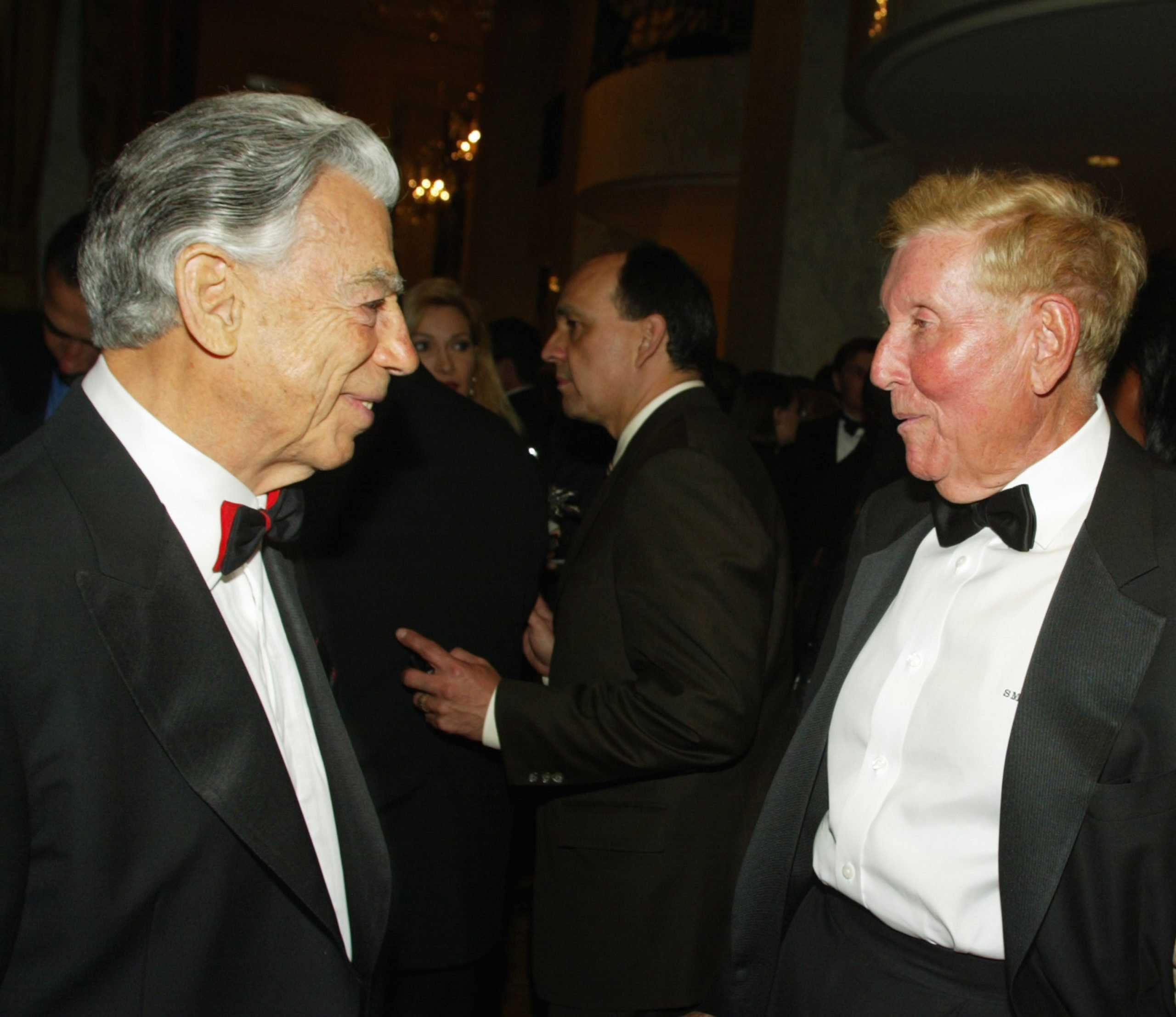
In 1988, there was an earthquake in Armenia which killed 50,000 people. He backed supply airlifts from California to Armenia with over $1 billion. He then donated $100 million to build a highway in Armenia with the condition that there wouldn’t be any streets or monuments built to honor him.
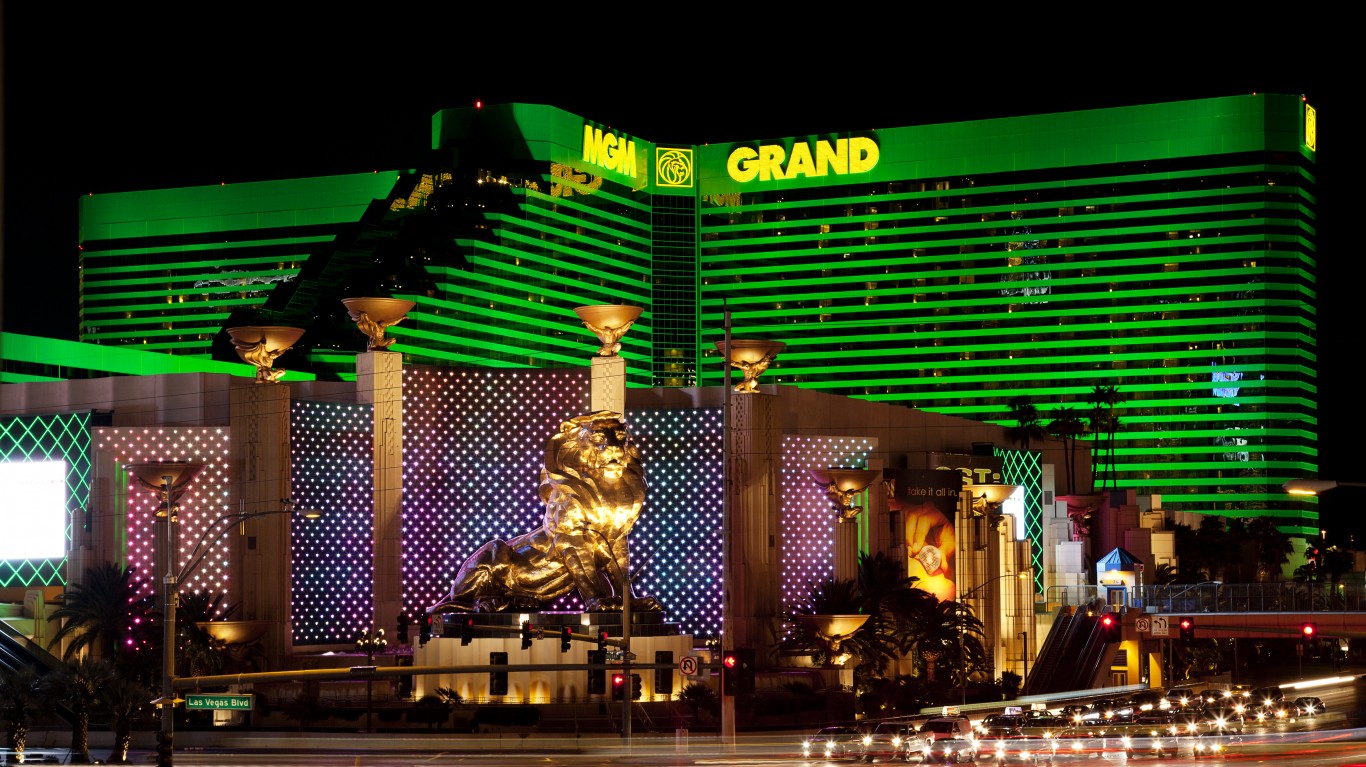
By 2004 at the age of 88, he built a new MGM Grand, and acquired the Desert Inn, the Mirage, Bellagio, Treasure Island, Mandalay Bay, the Luxor, and Excalibur. He owned half of all the rooms on the Vegas strip. He continued to make deals and build his wealth until his death at the age of 98 in 2015.
Retirement can be daunting, but it doesn’t need to be.
Imagine having an expert in your corner to help you with your financial goals. Someone to help you determine if you’re ahead, behind, or right on track. With SmartAsset, that’s not just a dream—it’s reality. This free tool connects you with pre-screened financial advisors who work in your best interests. It’s quick, it’s easy, so take the leap today and start planning smarter!
Don’t waste another minute; get started right here and help your retirement dreams become a retirement reality.
Thank you for reading! Have some feedback for us?
Contact the 24/7 Wall St. editorial team.